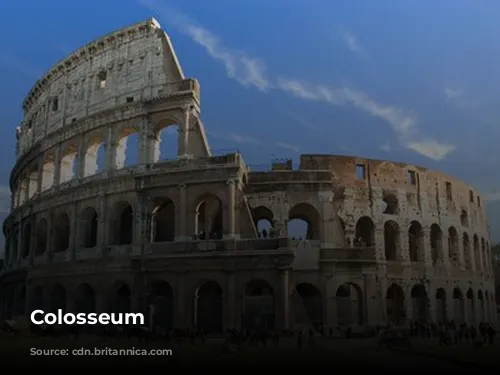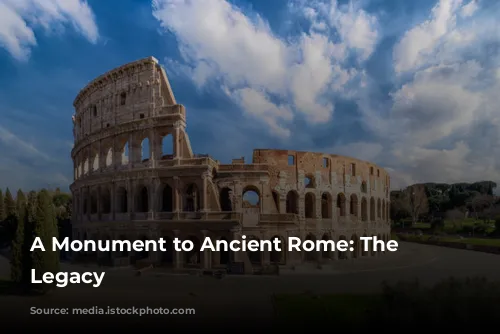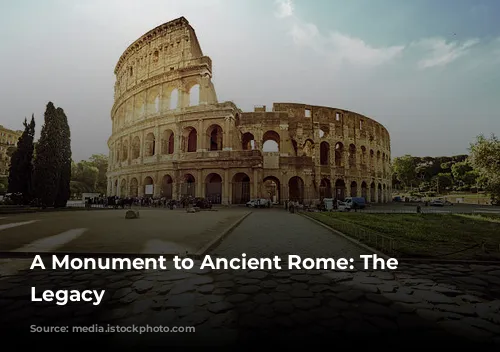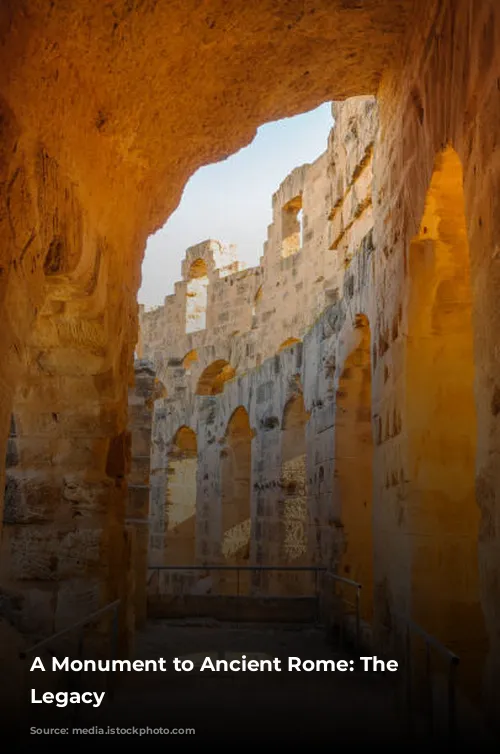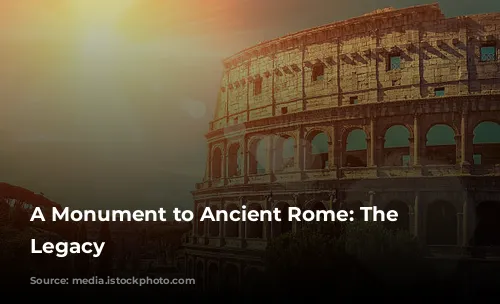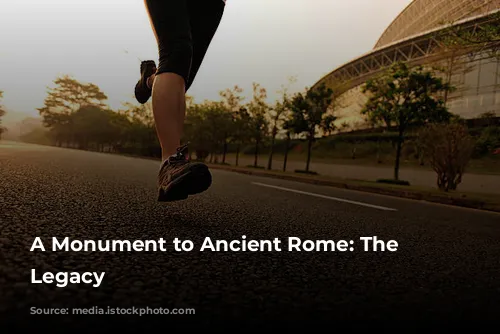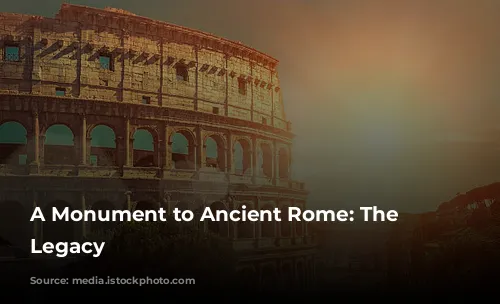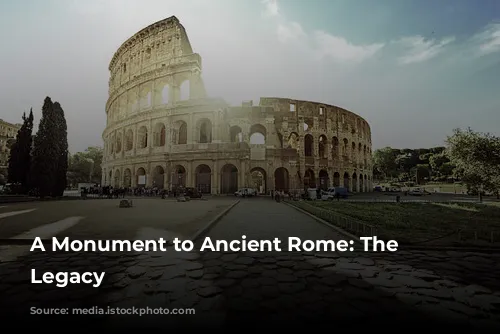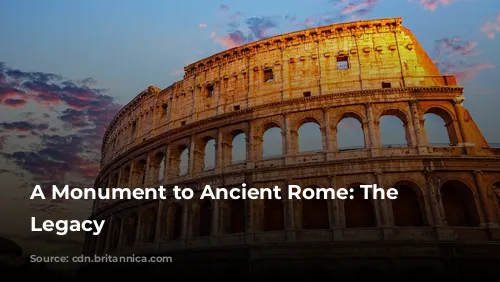The Colosseum, a giant amphitheater built in Rome under the Flavian emperors, stands as a testament to the architectural and engineering brilliance of ancient Rome. It’s one of the few mostly intact structures from the Roman Empire and a major draw for tourists visiting Italy. In 2018, the Colosseum, Roman Forum, and Palatine Hill combined to bring in more than $63.3 million (€53.8 million), making it the highest-grossing tourist attraction in Italy.
A Symbol of Imperial Power
The Colosseum’s construction began between 70 and 72 CE under Emperor Vespasian. It was built as part of a grand plan to revitalize Rome after the chaotic “Year of the Four Emperors” in 69 CE. Like other amphitheaters, Emperor Vespasian envisioned the Colosseum as a place of entertainment, where gladiators battled, animals were hunted, and even mock naval battles took place.
This ambitious project was funded by the spoils of war, specifically, the plunder from Titus’s conquest of Jerusalem in 70 CE. It was built by enslaved Jews from Judea. The completed structure was dedicated in 80 CE by Titus, Vespasian’s son and successor, and the fourth story was later added by Emperor Domitian in 82 CE.
From Glory to Neglect: The Colosseum’s Transformation
After the fall of the Western Roman Empire, the Colosseum fell into disrepair. The 12th century saw the Frangipane and Annibaldi families repurpose the arena as their fortress. In the late 15th century, Pope Alexander VI allowed the Colosseum to be used as a quarry, a testament to the neglect it suffered for over a thousand years. Thankfully, state-funded restoration efforts began in the 1990s, breathing new life into this iconic monument.
An Architectural Masterpiece: The Colosseum’s Design and Construction
The Colosseum is an elliptical structure made of stone, concrete, and tuff. It stands four stories tall at its highest point, measuring 620 by 513 feet (189 by 156 meters), and could accommodate up to 50,000 spectators. It was built on the grounds of Nero’s Golden House, replacing the artificial lake that was the centerpiece of that palace complex. Vespasian, who rose to power from humble beginnings, chose to replace the tyrannical emperor’s private lake with a public amphitheater that could host tens of thousands of Romans.
Unlike earlier amphitheaters, which were often built into hillsides, the Colosseum is a freestanding structure of stone and concrete. It features a complex system of barrel vaults and groin vaults, with three of its stories adorned with arcades framed by engaged columns in the Doric, Ionic, and Corinthian orders. This rising arrangement of columns became the basis of the Renaissance codification known as the “assemblage of orders”. The main structural framework and facade are travertine, the secondary walls are volcanic tufa, and the inner bowl and the arcade vaults are concrete.
A Stage for Spectacle: The Colosseum’s Use and Legacy
The Colosseum provided shelter from the sun for its vast audience through a massive retractable awning called a velarium. This awning was supported by masts extending from corbels built into the Colosseum’s top story, and required hundreds of Roman sailors to manipulate its rigging.
The arena witnessed thousands of gladiatorial combats, contests between men and animals, and even mock naval engagements. However, whether early Christians were martyred there remains uncertain.
During medieval times, the Colosseum was used as a church and then as a fortress. It suffered damage from lightning, earthquakes, vandalism, and pollution. All the marble seats and decorative materials vanished as the site was used as a quarry for over a thousand years.
Preservation and Legacy
The Colosseum’s preservation began in earnest during the 19th century, with notable efforts led by Pope Pius VIII. A major restoration project was undertaken in the 1990s. Today, it remains one of Rome’s most popular tourist attractions, drawing close to seven million visitors annually. Regular exhibitions showcasing the culture of ancient Rome are held at the Colosseum, keeping its story alive for generations to come.
From its majestic construction to its enduring legacy, the Colosseum continues to amaze and inspire, a lasting symbol of ancient Rome’s power and ingenuity.


